ISRO: Making giant strides in the 21st century
By Aniket Gupta | 08 Feb 2024

In the previous article in the series on the Indian Space Research Organization (ISRO), we saw how the space organization began and how some of the founding members of the organization and leaders of the country helped shape ISRO into what it is today. We also explored some of the earliest missions undertaken by ISRO. We also learned about ISRO’s operations in the 1970s, 80s, and 90s.
In this article, we will see a more in-depth focus on the missions conducted by ISRO in the 21st century.
With the emergence of the 21st century, the intensity of the global space race increased. In the previous article, we saw that China had successfully sent humans to space, in response to which India’s then-PM Atal Bihari Vajpayee urged ISRO to think big and start working on lunar and solar exploration projects. And thinking big is exactly what ISRO did. Over the last 20 years, ISRO has completed several launches successfully. This article will delve into the five most popular space exploration projects of ISRO in the 21st century.
Chandrayaan-1
The Chandrayaan-1 mission, India’s maiden lunar probe, made history with its launch in 2008. The intention of executing a Moon mission had been announced in 1999 during a meeting of the Indian Academy of Sciences. On 15th August 2003, PM Vajpayee announced the Chandrayaan-1 mission, which cost about Rs 386 crore.
The Chandrayaan-1 mission had the following objectives:
- To design, develop, launch, and orbit a spacecraft around the Moon using an Indian-made launch vehicle.
- To conduct scientific experiments using instruments on the spacecraft, yielding data for the preparation of a three-dimensional atlas (with high spatial and altitude resolution of 5–10 m or 16–33 ft) of both the near and far sides of the Moon.
- For chemical and mineralogical mapping of the entire lunar surface at high spatial resolution, particularly focusing on the chemical elements magnesium, aluminum, silicon, calcium, iron, titanium, radon, uranium, and thorium.
- To test the impact of a sub-satellite (Moon Impact Probe, or MIP) on the surface of the Moon as a forerunner for future soft-landing missions.
Chandrayaan-1 was launched on 22nd October 2008, from the Satish Dhawan Space Center in Sriharikota, Andhra Pradesh.
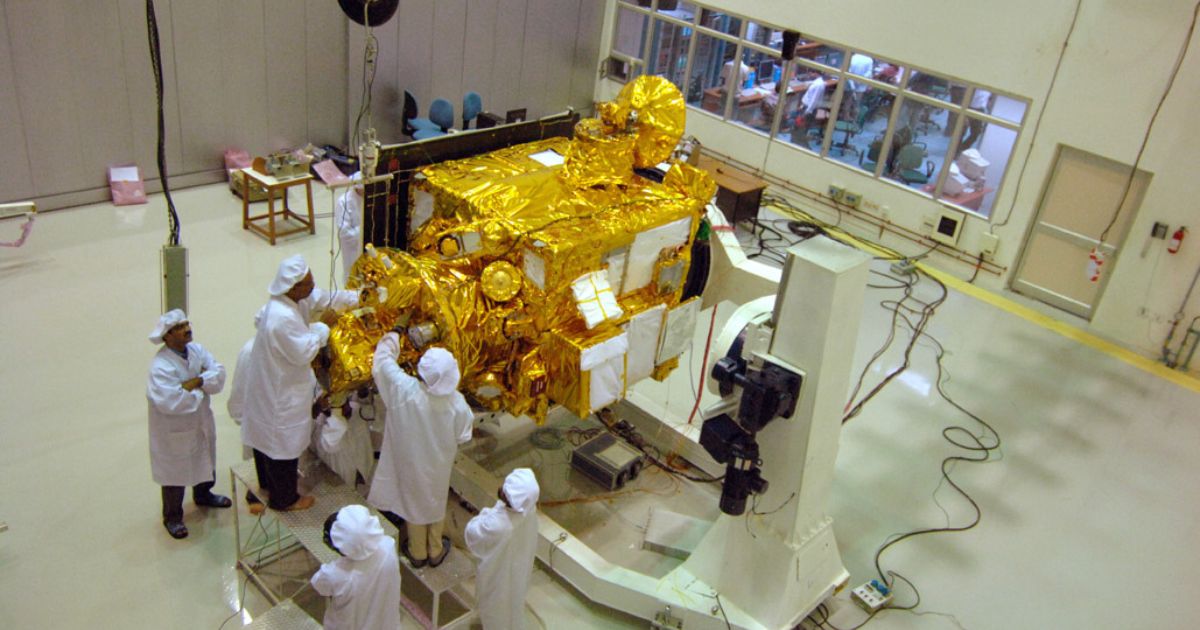
The rocket used to launch the spacecraft was a PSLV-XL, and the spacecraft was equipped with 11 scientific instruments, both Indian and foreign.
Chandrayaan-1 entered the lunar orbit on 8th November 2008. But unfortunately, after about a year of operations, Chandrayaan-1 faced technical difficulties and stopped its communication with ISRO on 28th August 2009. Shortly after this, ISRO officially announced that the mission was over.
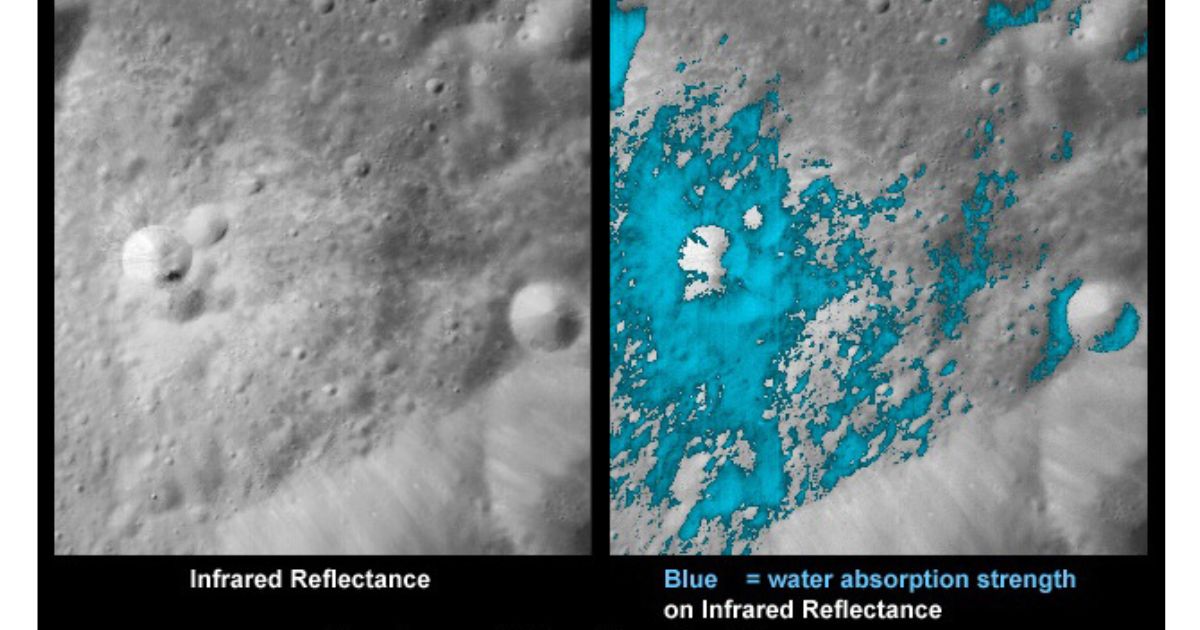
Although it had a premature end, Chandryaan-1 provided valuable data to support two more Chandrayaan launches. It also discovered water molecules on the lunar surface, an achievement that got global recognition.
Mars Orbiter Mission
Launched in 2013, India’s Mars Orbiter Mission (MOM) achieved global acclaim as it marked India’s entry into interplanetary exploration. The spacecraft was launched on 5th November 2013, from the First Launch Pad at the Satish Dhawan Space Center in Sriharikota, Andhra Pradesh, using a PSLV-XL rocket. The spacecraft successfully entered into orbit around Mars on 24th September 2014.
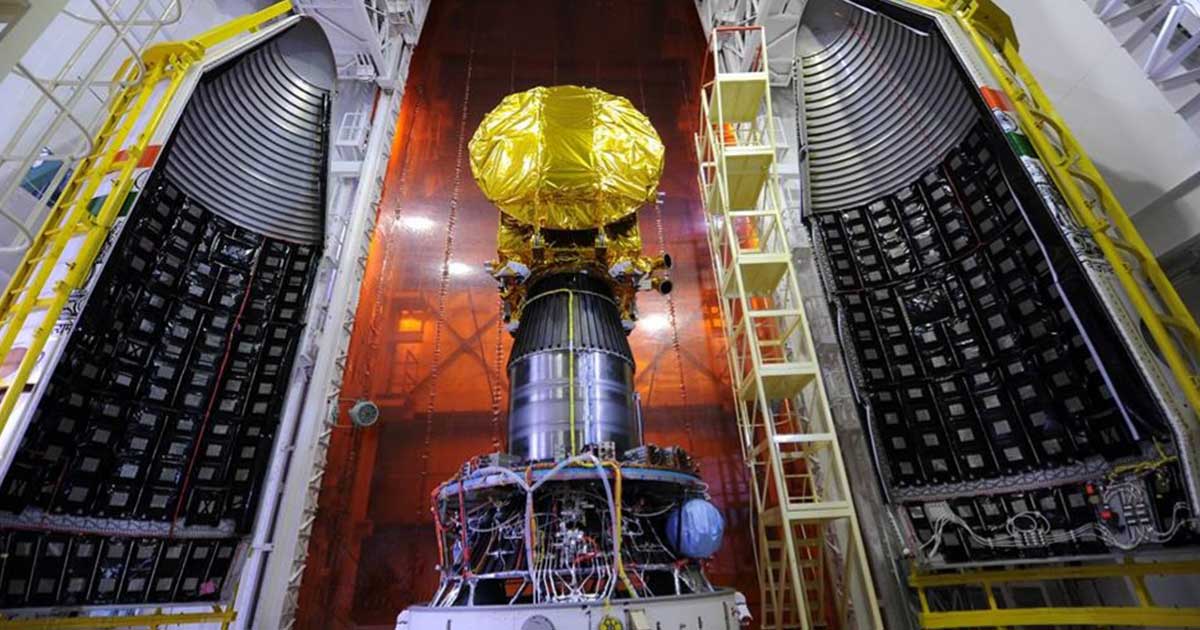
The spacecraft, affectionately named Mangalyaan (‘Mangal’ being the Hindi word for Mars, and ‘yaan’ meaning 'vehicle'), successfully entered Mars’ orbit, making India the first Asian nation to reach the Red Planet and the first in the world to do so on its first attempt.
The scientific objectives of this mission included the following:
- The mission aimed to delve into Mars' surface features, carefully examining morphology, topography, and mineralogy.
- Utilizing remote sensing techniques, the project aimed to study the constituents of the Martian atmosphere, which include methane and CO2.
- Another focus involved studying the dynamics of Mars' upper atmosphere, exploring the impacts of solar wind and radiation, and investigating the escape of volatiles into outer space.
- The mission also provides multiple opportunities to observe the Martian moon Phobos. Additionally, it offered a chance to identify and re-estimate the orbits of asteroids encountered during the Martian Transfer Trajectory. Notably, the spacecraft has unveiled the far side of the Martian Moon Deimos for the first time.
MOM also demonstrated ISRO’s cost-effective approach, as the mission was carried out for only Rs 450 crore, or $73 million. The funny thing is that the acclaimed Hollywood movie The Martian, starring Matt Damon, cost $25 million more than the whole Mangalyaan mission.
On 4th October 2022, ISRO announced the official end of the Mars Orbiter Mission, stating that the craft had run out of fuel and could not be controlled anymore.
Chandrayaan-2
Following the success of Chandrayaan-1, ISRO decided to take the next step and started working on India’s second lunar exploration mission, Chandrayaan-2, which was launched on 22nd July 2019. The much-anticipated mission aimed at further unraveling the mysteries of the Moon and even attempting to land on the lunar South Pole.

The spacecraft carried an orbiter, a lander named Vikram, and a rover named Pragyan. And the rocket used to carry the craft into space was an LVM3-M1.
The scientific goals of Chandrayaan-2 included:
- To study lunar topography
- To explore mineralogy and elemental abundance
- To investigate the lunar exosphere
- To identify signatures of hydroxyl and water ice.
- To examine water ice in the south polar region
- To determine the thickness of the lunar regolith on the surface.
- To contribute to mapping the lunar surface for 3D maps.
The Chandrayaan-2 lander Vikram’s primary objectives were:
- To demonstrate soft-landing capabilities on the Moon’s surface.
- To operate a robotic rover (Pragyan) on the Moon’s surface.
On 20th August 2019, the spacecraft successfully entered the lunar orbit and positioned itself for the Vikram lander’s soft landing on the Moon’s surface.

Unfortunately, on 6th September 2019, the anticipated landing turned tragic as the lander Vikram deviated from its intended trajectory, resulting in a crash. A failure analysis report, submitted to ISRO, attributed the crash to a software glitch.
Despite this setback, this mission continues to provide vital data and enhance our understanding of the Moon’s geology and water ice deposits.
Chandrayaan-3
Not letting any setback get in the way of its mission, ISRO immediately started working on India’s third lunar exploration mission, Chandrayaan-3.

Chandrayaan-3 was launched on 14th July 2023, and the spacecraft entered the lunar orbit on 5 August 2023.
On 23rd August 2023, India marked a historic milestone by accomplishing its first soft landing on an extraterrestrial body. The nation, through ISRO’s Chandrayaan-3, secured the distinction of being the first to achieve a successful spacecraft landing near the lunar South Pole.
.jpg)
On 23rd August 2023, the whole nation rejoiced as they witnessed the Vikram lander execute a flawless soft landing at 6:03 pm IST (12:33 GMT). This remarkable feat occurred in a little-explored region of the Moon, making it a pioneering achievement in the realm of space exploration.
ISRO’s Chandrayaan-3 mission objectives were:
- To develop and deploy a lander with the capability to safely and gently touch down on the lunar surface.
- To showcase and evaluate the rover’s mobility skills on the moon.
- To perform experiments to study the materials present on the lunar surface, enhancing our comprehension of the Moon’s composition.
After achieving its mission goals, ISRO tried to send a wake-up call to the lander and the rover on the 22nd September 2023. However, they failed to respond to the wake-up call, and on 30th September 2023, the lunar night began, which eliminated any hopes for their revival.
Aditya-L1
India’s Aditya-L1, named after the Sanskrit word ‘Sun’ and with L1 denoting ‘Lagrange point 1’, is a pioneering coronagraph spacecraft developed by ISRO. A coronagraph is a telescopic attachment on a satellite crafted to eliminate direct light from a star or a bright object. This enables the visibility of other nearby objects that would have remained hidden in the intense glare of the star or bright object.
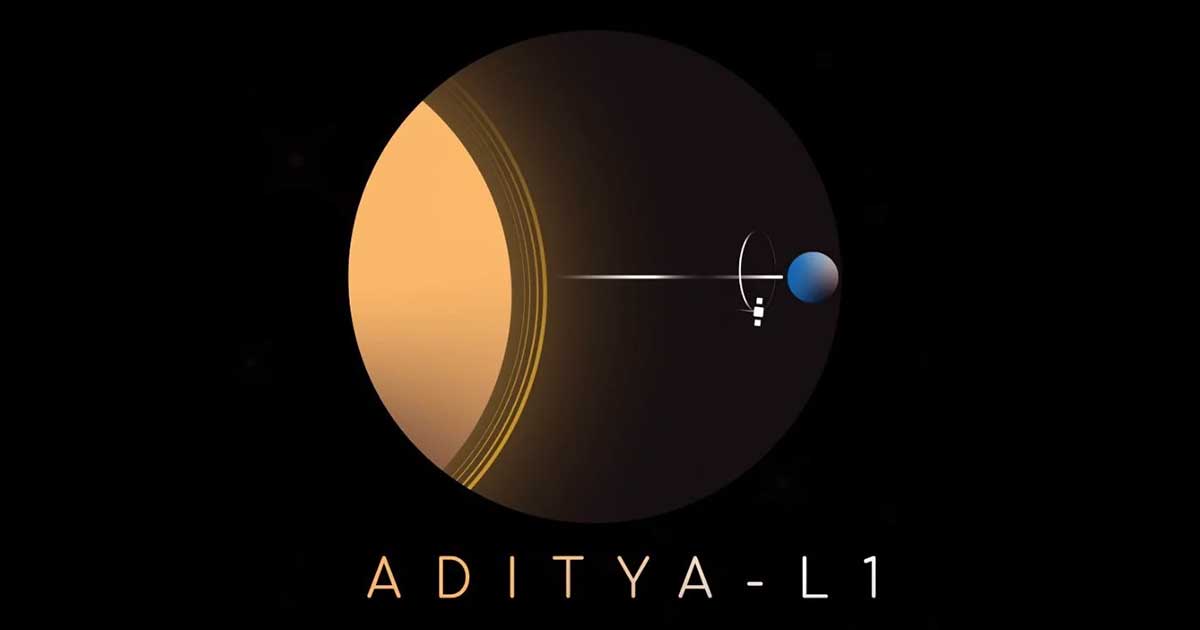
Positioned approximately 1.5 million km from Earth in a halo orbit around Lagrange point 1, Aditya-L1 focuses on studying the solar atmosphere, magnetic storms, and their repercussions on Earth’s environment.
Lagrange points, named after the Italian-French mathematician Joseph-Louis Lagrange, are five special positions in space where the gravitational forces of two large bodies, like the Sun and Earth, balance out perfectly. This allows a much smaller object, like a spacecraft, to stay in a relatively fixed position to study other smaller bodies around the planet and the Sun.
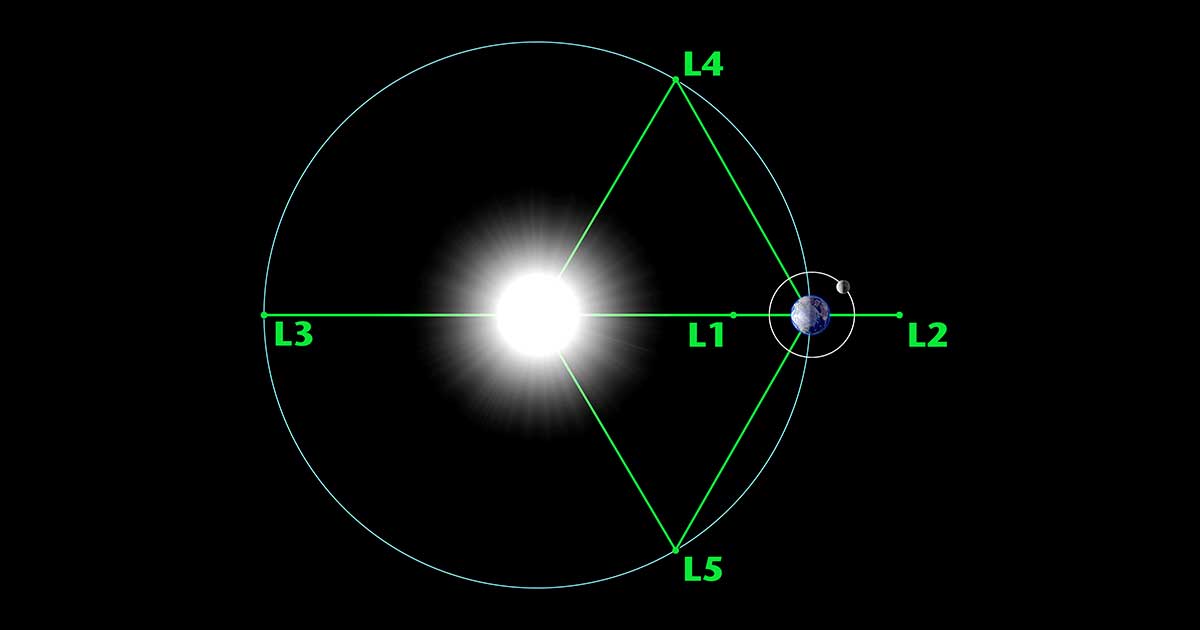
L1 is specifically located between the Sun and Earth, roughly 1.5 million kilometers from our planet. At this point, the combined gravitational pull of the Sun and Earth exactly cancels out the centrifugal force that would normally fling the object away. Imagine it as a sweet spot where the gravity of both bodies keeps the object “stuck” in place.

The Aditya-L1 was launched on 2nd September 2023, aboard PSLV C57; it reached its intended orbit successfully on 6th January 2024. The mission director is Nigra Shaji.
The primary goals of Aditya-L1 include:
- Observing the Sun’s corona and chromosphere. The corona is the outermost atmosphere of a star, and the chromosphere is the second layer of the atmosphere of the star.
- Observe chromospheric and coronal heating.
- Monitoring the physical particle environment around its position.
- Determining the sequence of processes in multiple layers below the corona that lead to solar eruptions.
- Studying space weather as well as the origin, composition, and dynamics of solar wind.
What is the Gaganyaan Mission?
Gaganyaan, meaning ‘sky vehicle’ in Hindi, is a scheduled mission by ISRO that aims to send three Indian astronauts to low Earth orbit for up to three days and safely return them home. The Gaganyaan mission was announced in 2014, and the initial target for the first crewed Gaganyaan mission was December 2021. However, technical complexities and the unprecedented COVID-19 pandemic necessitated schedule adjustments. As of October 2023, the first Indian crewed mission is tentatively scheduled for 2025.

The heavy-lift Geosynchronous Satellite Launch Vehicle Mark III (GSLV Mk III) will propel the Gaganyaan spacecraft into the low Earth orbit of 400 km. The astronauts will reside in the Crew Capsule, a reusable module outfitted with life support systems for food, water, air, and temperature control. Upon their return to Earth, the crew capsule will splash down in the Indian Ocean. A dedicated fleet of Indian Navy ships and helicopters will be on standby to swiftly recover the capsule.
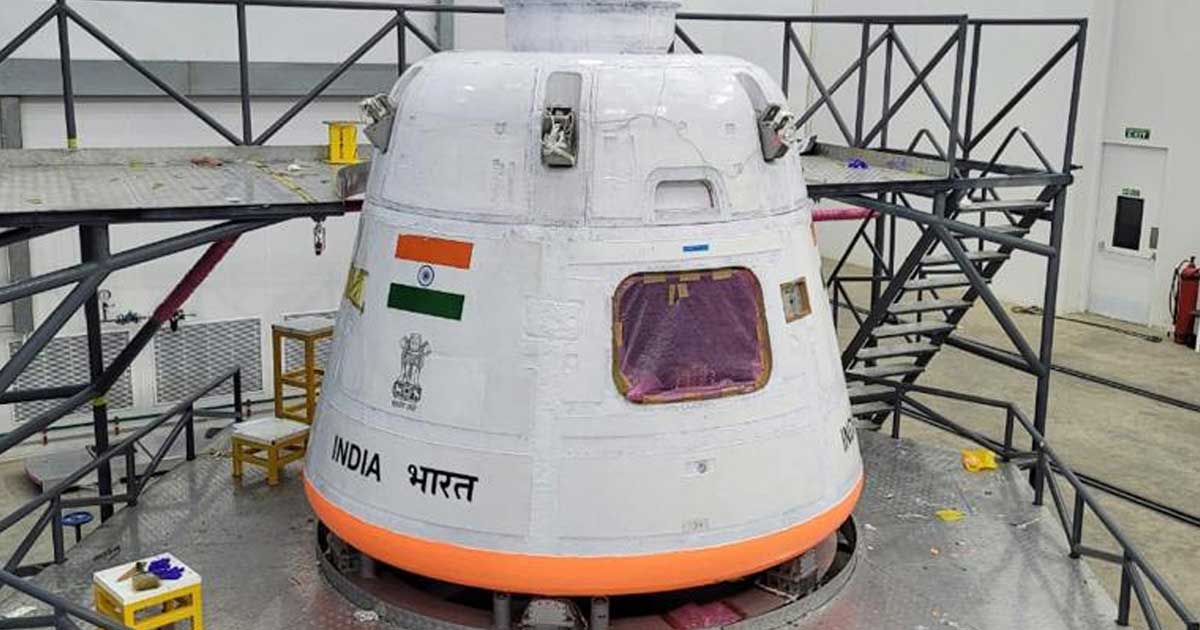
To ensure the success of the crewed mission, ISRO is conducting a series of unmanned test flights. The first test conducted by ISRO in July 2022 successfully evaluated the emergency escape system in case of launch vehicle failures. The second test, scheduled for 2024, will ensure the capabilities of the Crew Module in space.
The Gaganyaan mission is not just about sending humans to space; it’s about propelling India into a new era of space exploration. It’s a testament to the collective ingenuity and dedication of the Indian scientific community, showcasing their ability to translate ambition into reality. As India prepares for this monumental undertaking, the world watches with anticipation, eager to witness the dawn of a new era in human spaceflight.
Conclusion
ISRO’s ventures in the 21st century stand as a testament to India’s prowess in space exploration. And as proud Indians, it is our duty to support ISRO through thick and thin. With a string of successful missions, from Chandrayaan to Mangalyaan and beyond, the Indian Space Research Organization has propelled the nation into the global space arena. As the world watches in awe, ISRO's commitment to scientific innovation and space discovery shines brightly, promising a future where the boundaries of our cosmic exploration know no limits. In the vast expanse of space, ISRO continues to carve a path of excellence, bringing pride to the nation and inspiring generations to reach for the stars.



















